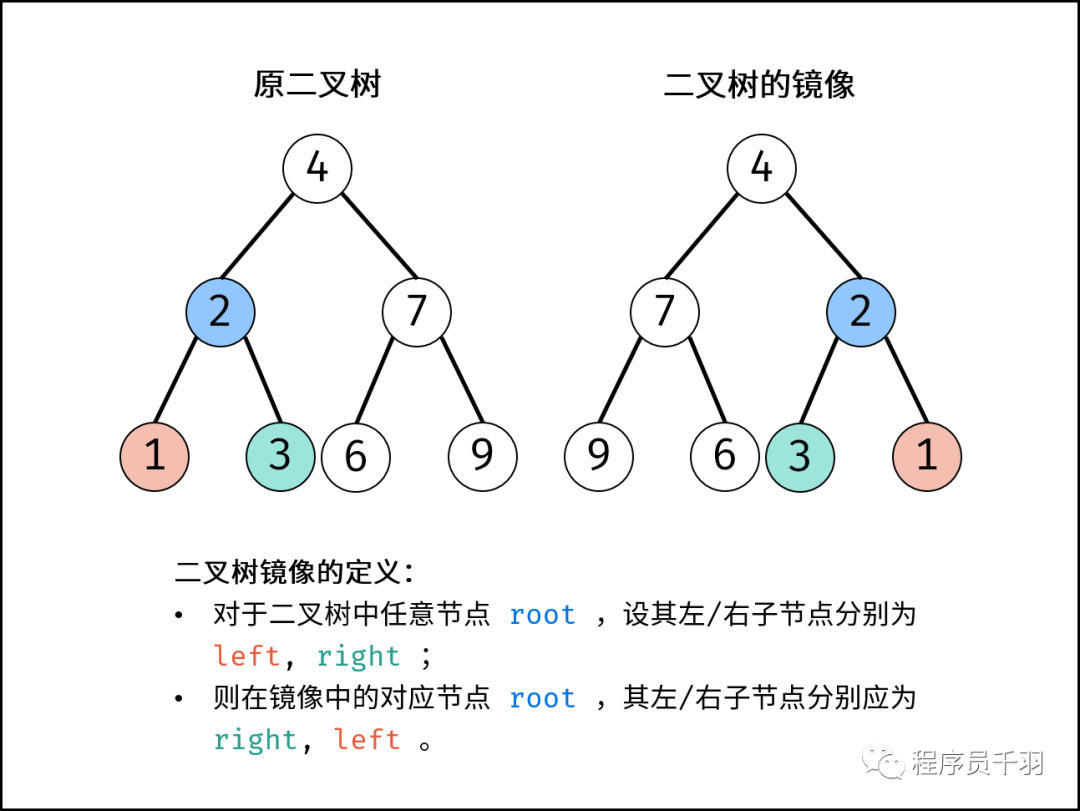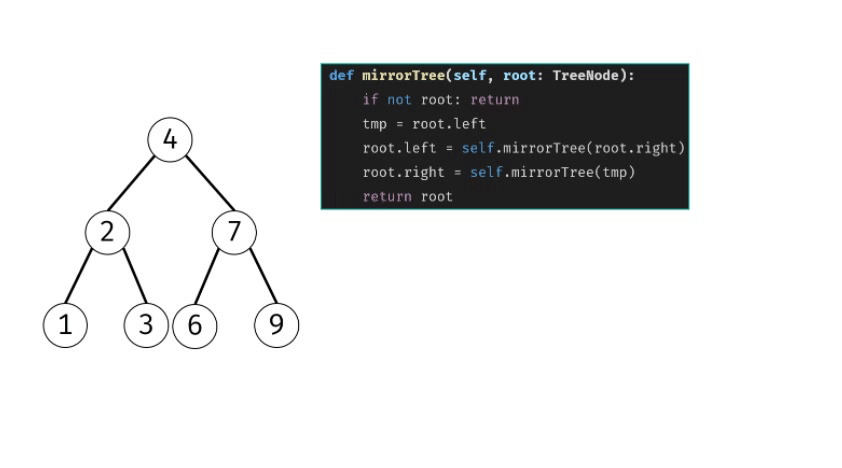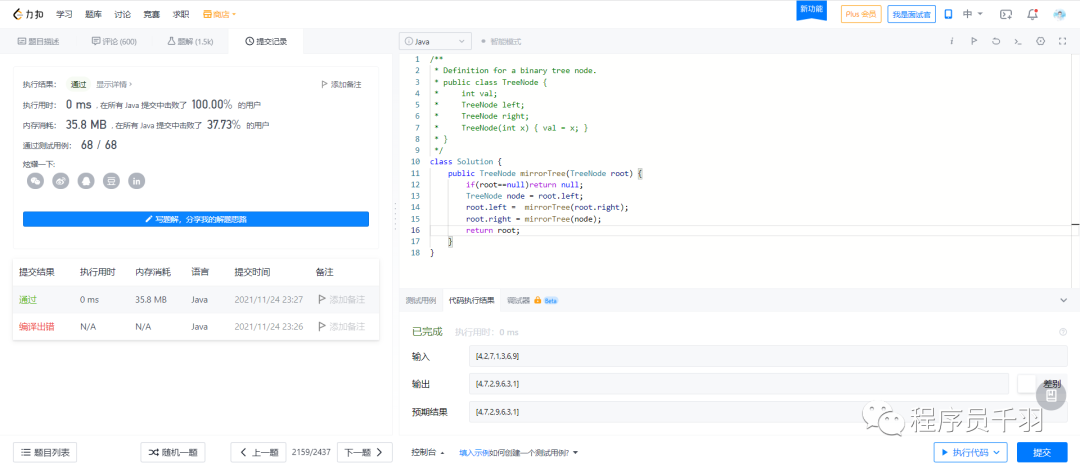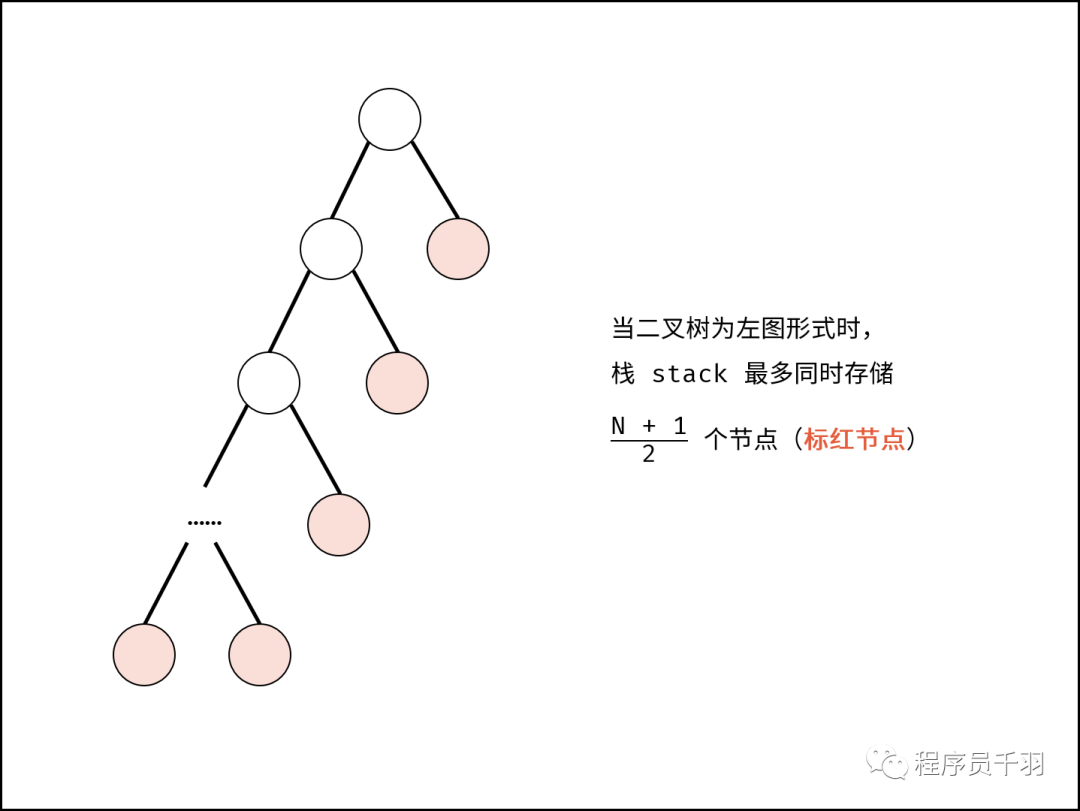
Knock algorithm series articles
- Ten classic sorting algorithms for dry goods and hand tearing
- Sword finger offer | understanding interview
- Sword finger offer | interview question 2: realizing Singleton mode
- Sword finger offer | interview question 3: finding two-dimensional array
- Sword finger offer | interview question 4: replace spaces
- Sword finger offer | interview question 5: print linked list from end to end
- Jianzhi offer | interview question 6: Rebuilding binary tree
- Sword finger offer | interview question 7: realizing queue with two stacks
- Sword finger offer | interview question 8: minimum number of rotation array
- Sword finger offer | interview question 9: Fibonacci sequence
- Sword finger offer | interview question 10: frog jumping steps
- Sword finger offer | interview question 11: matrix coverage
- Sword finger offer | interview question 12: the number of 1 in binary
- Sword finger offer | interview question 13: integer power of value
- Sword finger offer | interview question 14: print from 1 to the maximum n digits
- Sword finger offer | interview question 15: delete the node of the linked list
- Sword finger offer | interview question 16: put the odd number in the array before the even number
- Sword finger offer | interview question 17: the penultimate node in the lin k ed list
- Sword finger offer | interview question 18: reverse linked list
- Sword finger offer | interview question 19: merge two ordered linked lists
- Sword finger offer | interview question 20: judge whether binary tree A contains subtree B
"Leetcode : https://leetcode-cn.com/problems/er-cha-shu-de-jing-xiang-lcof
"GitHub : https://github.com/nateshao/leetcode/blob/main/algo-notes/src/main/java/com/nateshao/sword_offer/topic_21_mirrorTree/Solution.java
Sword finger Offer 20 Image of binary tree
Please complete a function, input a binary tree, and the function outputs its image.
For example, enter:
4
/ \
2 7
/ \ / \
1 3 6 9
Mirror output:
4
/ \
7 2
/ \ / \
9 6 3 1
Example 1:
Input: root = [4,2,7,1,3,6,9] Output:[4,7,2,9,6,3,1]
Limit: 0 < = number of nodes < = 1000
analysis
Binary tree image definition: for any node root in the binary tree, set its left / right child nodes as left and right respectively; The left / right child nodes of the corresponding root node in the binary tree image are right and left respectively.

Method 1: recursive method
- According to the definition of binary tree image, considering the recursive traversal (dfs) of binary tree, the left / right child nodes of each node can be exchanged to generate the image of binary tree.
Recursive parsing:
- Termination condition: when the node root is empty (i.e. crossing the leaf node), null is returned;
- Recursive work:
- Initialize node tmp to temporarily store the left child node of root
- Turn on the recursive right child node mirrorTree(root.right), and take the return value as the left child node of root.
- Turn on the recursive left child node mirrorTree(tmp) and take the return value as the right child node of root.
- Return value: returns the current node root;
"Q: why do you need to temporarily store the left child node of root? A: after the recursive right child node" root.left = mirrorTree(root.right); "after execution, the value of root.left has changed. At this time, the recursive left child node mirrorTree(root.left) will have problems.

Complexity analysis:
- Time complexity 0(N): where N is the number of nodes of the binary tree. To establish a binary tree image, you need to traverse all nodes of the tree, taking O(N) time.
- Space complexity O(N): in the worst case (when the binary tree degenerates into a linked list), the system needs to use stack space of O(N) size for recursion.
package com.nateshao.sword_offer.topic_21_mirrorTree;
import java.util.Stack;
/**
* @date Created by Shao Tongjie on 2021/11/24 22:48
* @WeChat official account programmers
* @Personal website www.nateshao.com cn
* @Blog https://nateshao.gitee.io
* @GitHub https://github.com/nateshao
* @Gitee https://gitee.com/nateshao
* Description: Sword finger Offer 27 Image of binary tree
*/
public class Solution {
/**
* recursion
*
* @param root
* @return
*/
public TreeNode mirrorTree(TreeNode root) {
if (root == null) return null;
TreeNode node = root.left;
root.left = mirrorTree(root.right);
root.right = mirrorTree(node);
return root;
}
/**
* Solution 1: recursion, time complexity: O(n), space complexity: O(n)
*
* @param root
* @return
*/
public boolean isSymmetric(TreeNode root) {
if (root == null) return true;
return isMirror(root.left, root.right);
}
private boolean isMirror(TreeNode leftNode, TreeNode rightNode) {
if (leftNode == null && rightNode == null) return true;
if (leftNode == null || rightNode == null) return false;
return leftNode.val == rightNode.val && isMirror(leftNode.left, rightNode.right) && isMirror(leftNode.right, rightNode.left);
}
public class TreeNode {
int val;
TreeNode left;
TreeNode right;
TreeNode(int x) {
val = x;
}
}
}

Method 2: auxiliary stack (or queue)
- Use the stack (or queue) to traverse all nodes of the tree and exchange the left / right child nodes of each node.
Algorithm flow:
- Special case handling: when root is empty, null is returned directly;
- Initialization: stack (or queue). This paper uses the stack and adds the root node root.
- Loop switching: jump out when stack is controlled;
- Out of stack: recorded as node;
- Add child node: stack the left and right child nodes of node;
- Swap: swap the left 1 and right child nodes of node.
- Return value: returns the root node.

Complexity analysis:
- Time complexity 0(N): where N is the number of nodes of the binary tree. To establish a binary tree image, you need to traverse all nodes of the tree, taking O(N) time.
- Space complexity O(N): as shown in the figure below, in the worst case, the stack can store N+1/2 nodes at most at the same time, occupying O(N) additional space.

package com.nateshao.sword_offer.topic_21_mirrorTree;
import java.util.Stack;
/**
* @date Created by Shao Tongjie on 2021/11/24 22:48
* @WeChat official account programmers
* @Personal website www.nateshao.com cn
* @Blog https://nateshao.gitee.io
* @GitHub https://github.com/nateshao
* @Gitee https://gitee.com/nateshao
* Description: Sword finger Offer 27 Image of binary tree
*/
public class Solution {
/**
* Stack
*
* @param root
* @return
*/
public TreeNode mirrorTree1(TreeNode root) {
if (root == null) return null;
Stack<TreeNode> stack = new Stack<TreeNode>() {{
add(root);
}};
while (!stack.isEmpty()) {
TreeNode node = stack.pop();
if (node.left != null) stack.add(node.left);
if (node.right != null) stack.add(node.right);
TreeNode tmp = node.left;
node.left = node.right;
node.right = tmp;
}
return root;
}
/**
* Solution 2: iteration, time complexity: O(n), space complexity: O(n)
*
* @param root
* @return
*/
public boolean isSymmetric2(TreeNode root) {
Stack<TreeNode> stack = new Stack<>();
stack.push(root);
stack.push(root);
while (!stack.isEmpty()) {
TreeNode t1 = stack.pop();
TreeNode t2 = stack.pop();
if (t1 == null && t2 == null) continue;
if (t1 == null || t2 == null) return false;
if (t1.val != t2.val) return false;
stack.push(t1.left);
stack.push(t2.right);
stack.push(t1.right);
stack.push(t2.left);
}
return true;
}
public class TreeNode {
int val;
TreeNode left;
TreeNode right;
TreeNode(int x) {
val = x;
}
}
}
Reference link: https://leetcode-cn.com/problems/er-cha-shu-de-jing-xiang-lcof/solution/mian-shi-ti-27-er-cha-shu-de-jing-xiang-di-gui-fu-
The revolution has not yet succeeded, and comrades still need to work hard and rush